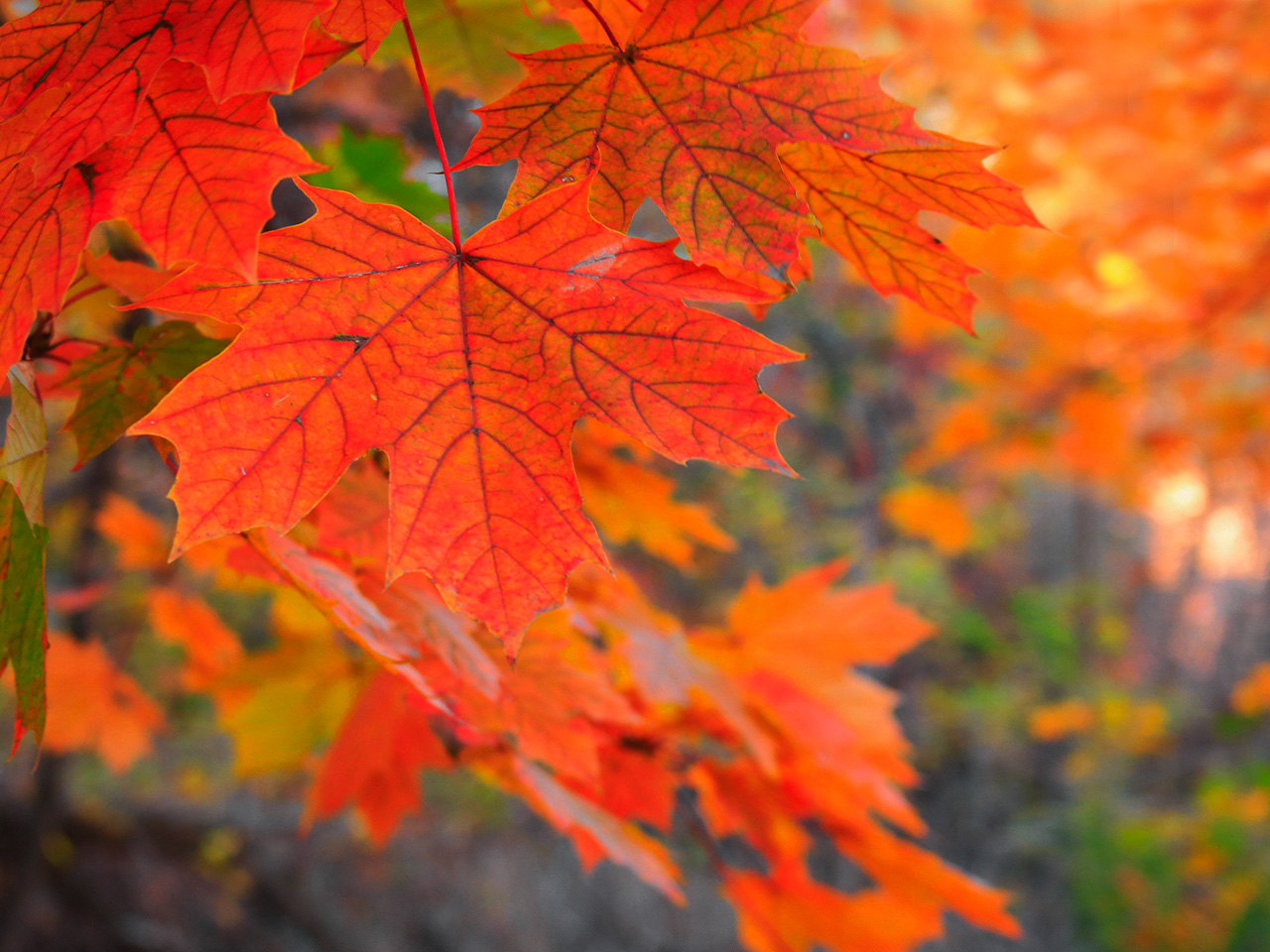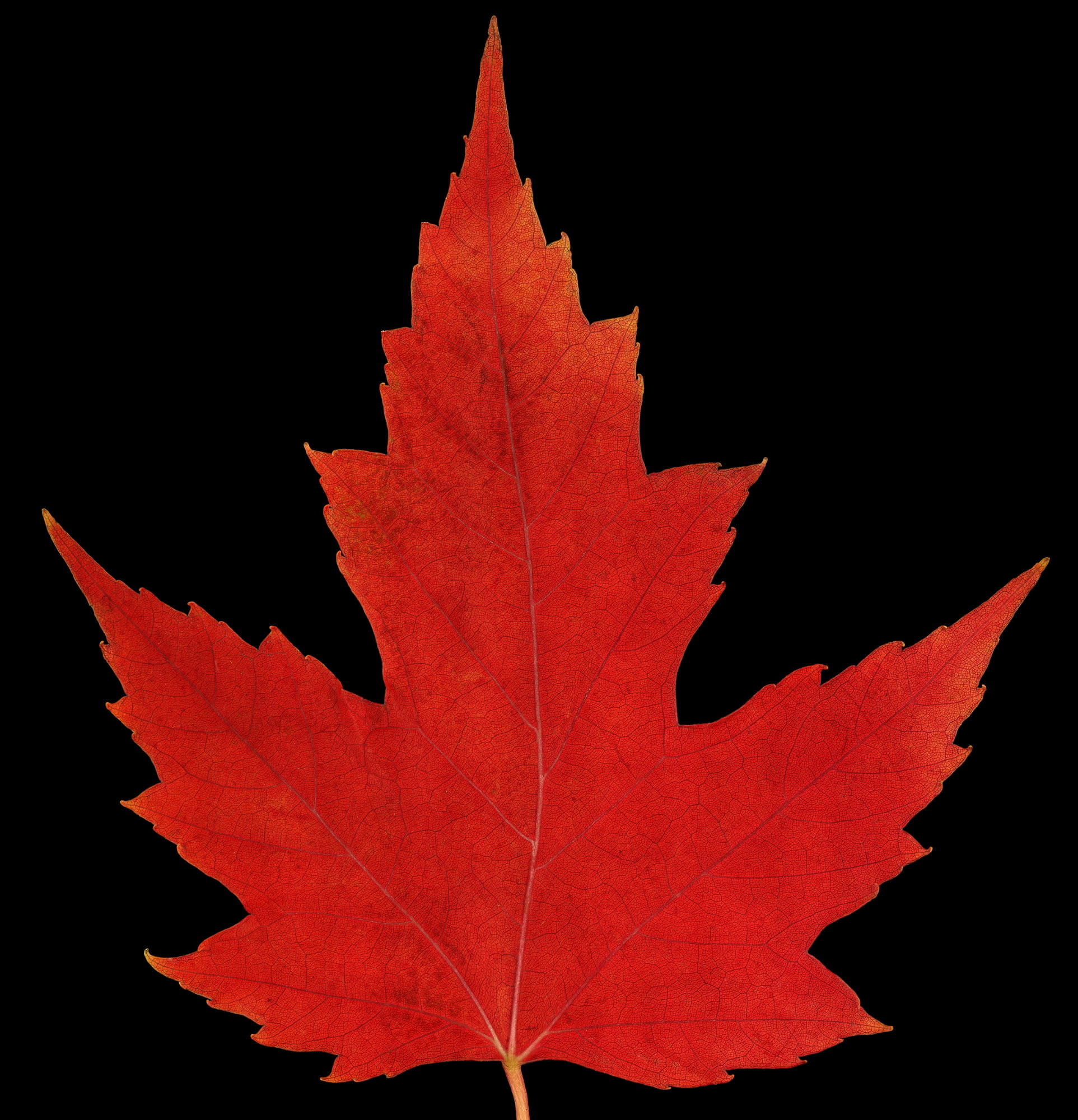

As such, I will now answer some of the most common questions I get asked about their leaves. Japanese maples aren’t the easiest of trees to look after. Then, use neem oil on the leaves to get rid of any remaining fungal spores. You should start by removing seriously affected leaves, and discarding them away from any other plants. This neem oil will also work well for any leaf spot.

Simply spray all affected plants with neem oil – making sure that all areas all covered. My favorite product to use is neem oil (Amazon link), which is an organic pesticide and fungicide made from the neem tree. You can prevent these holes from appearing on your leaves by treating the area with a pesticide, which will take care of both scale and bagworm moths.
#Maple leaves how to
How to Prevent Holes in Japanese Maple Leaves? Other than that, there’s a chance your Japanese maple tree has been infected with leaf spot disease, which begins as tiny spots and progresses to bigger marks that spread. The two most common pests that eat Japanese maple are scale and bagworm moths, which will both leave behind damage to your tree if not treated properly right away.

There are holes in your Japanese maple leaves because a leaf-eating pest has moved in. Why Are There Holes in My Japanese Maple Leaves? In this article, we will discuss the causes and treatments for this problem so you know what to do if this happens. If not taken care of properly, these holes could lead to bigger problems for your tree and leave you with some difficult decisions on what to do next. However, sometimes you may notice holes in the leaves of your Japanese maple, which may be more than just an aesthetic issue. This is not necessary in most cases, and the best way to get rid of your spots is to give your tree the right conditions and prevent the disease from coming back next year.Japanese maples are beautiful trees that can add a lot to your landscaping. If you see a serious case of Japanese maple leaf spot, you can apply a fungicide to treat it. Cleanup is especially important in the fall. To manage and avoid tar spot, pick up debris around the tree regularly and keep it dry and spaced far enough from other plants that air can circulate.

On the other hand, it does spoil the look of your tree, beginning as light-colored spots and turning black by late summer. Leaf spot on Japanese maple trees caused by disease is most likely tar spot-a fungal infection- but even this is not something serious that needs to be treated. Keep your tree dry during the day to avoid this. The small droplets of water magnify the sunlight, causing burns. For example, spraying your tree with water on a sunny day can actually cause spots to burn on the leaves. While seeing a few spots on leaves in your Japanese maple is not typically a cause for concern, there may be some reasons for them showing up in the first place, and normally easy enough fixes that you can correct. With these conditions, your tree should avoid most diseases and spots. These trees do not like to be overwatered or overfed. Plant your Japanese maple with compost to enrich the soil, but don’t add much fertilizer later. It will not tolerate heavy soil that holds water and makes its roots soggy. One of the most important things that your Japanese maple needs is rich soil that drains well. This is a tough tree that resists most diseases. Generally, your tree will be happy and healthy if you provide it with the right conditions. Leaf spots are rarely so serious that some method of control needs to be deployed. The good news is that when Japanese maple leaves have spots it is most often not a reason to be concerned. Find out what those spots are and what to do about them. If you’re seeing spots on Japanese maple leaves, though, you may be worried for your tree. With a compact size, interesting foliage, and beautiful colors, it can really anchor a space and add a lot of visual interest. A Japanese maple is a great decorative element in the garden.


 0 kommentar(er)
0 kommentar(er)
